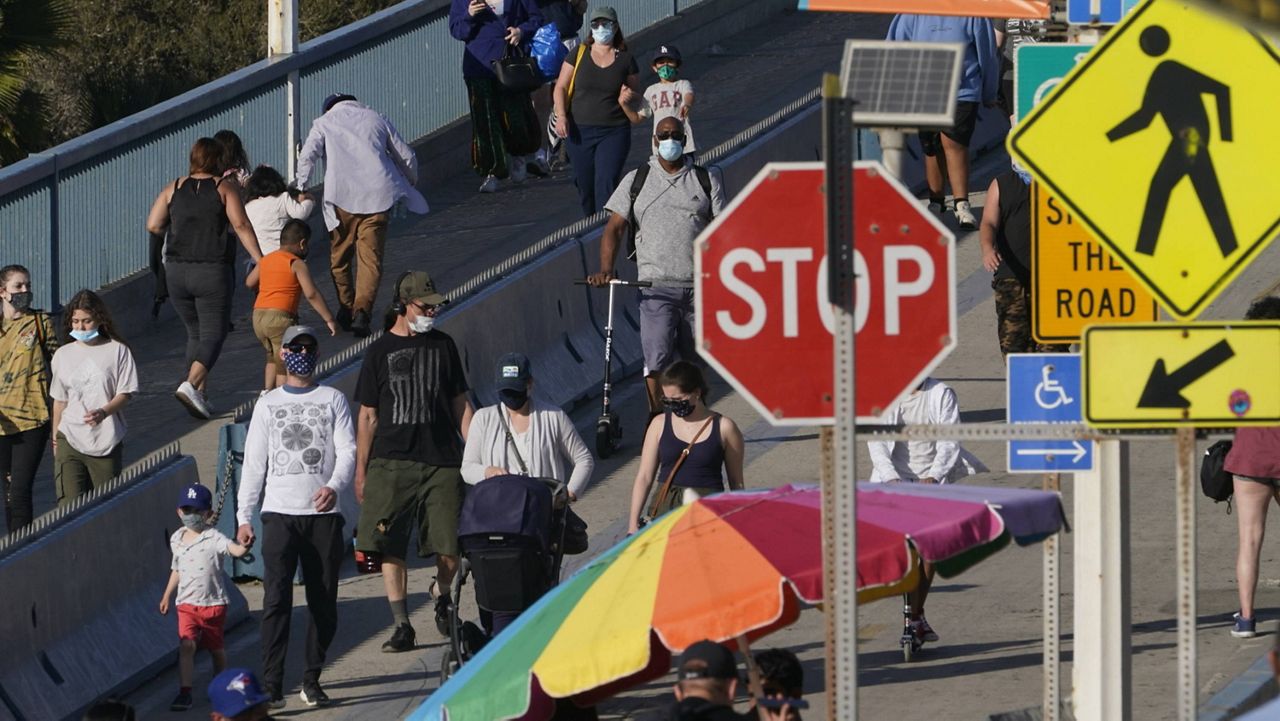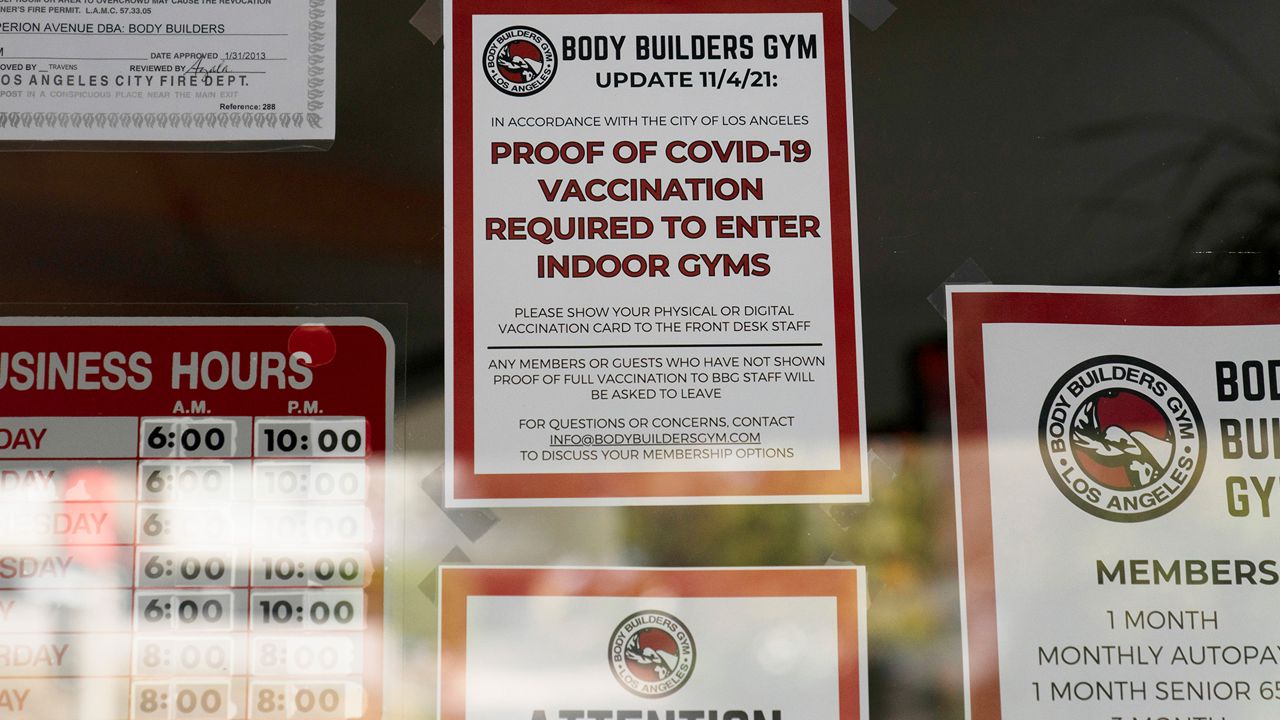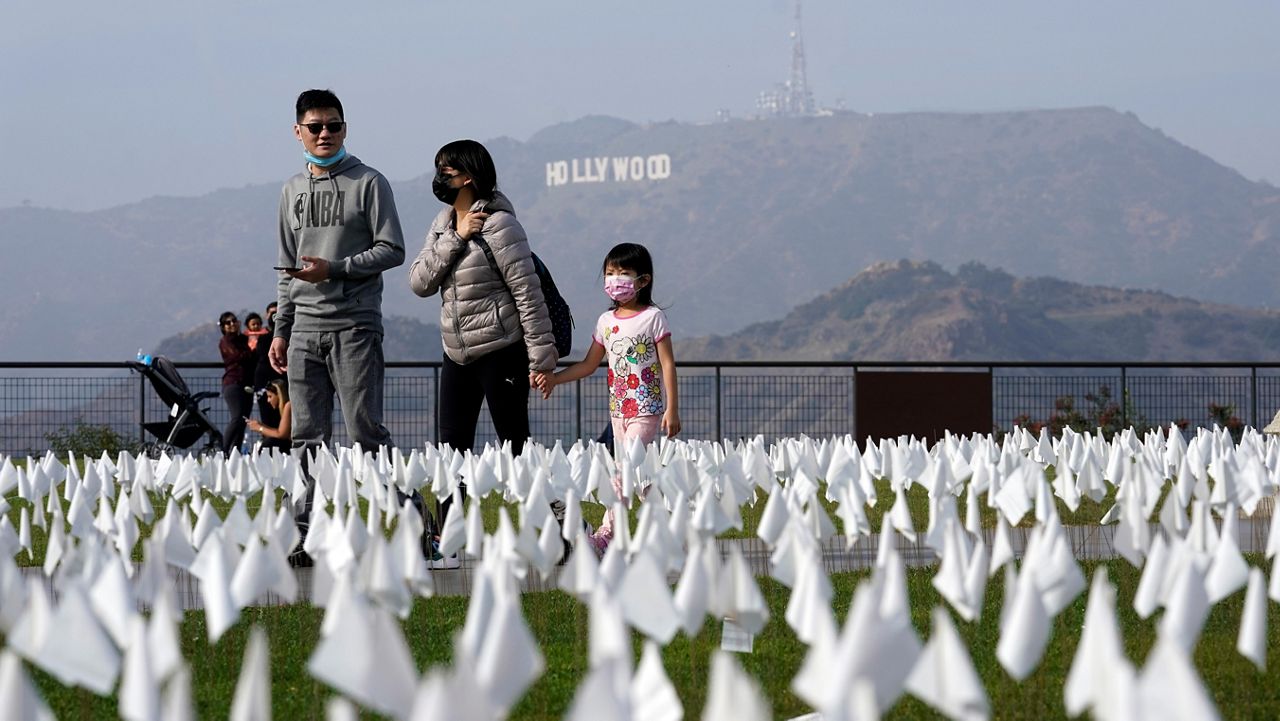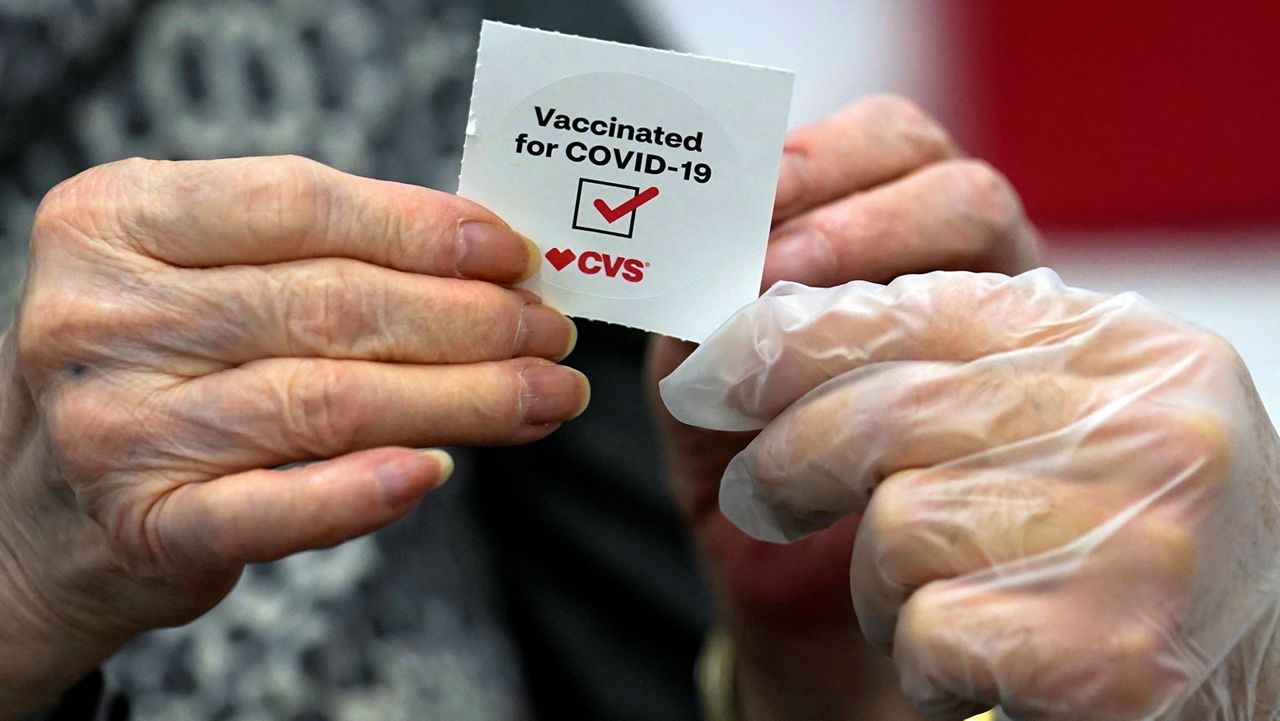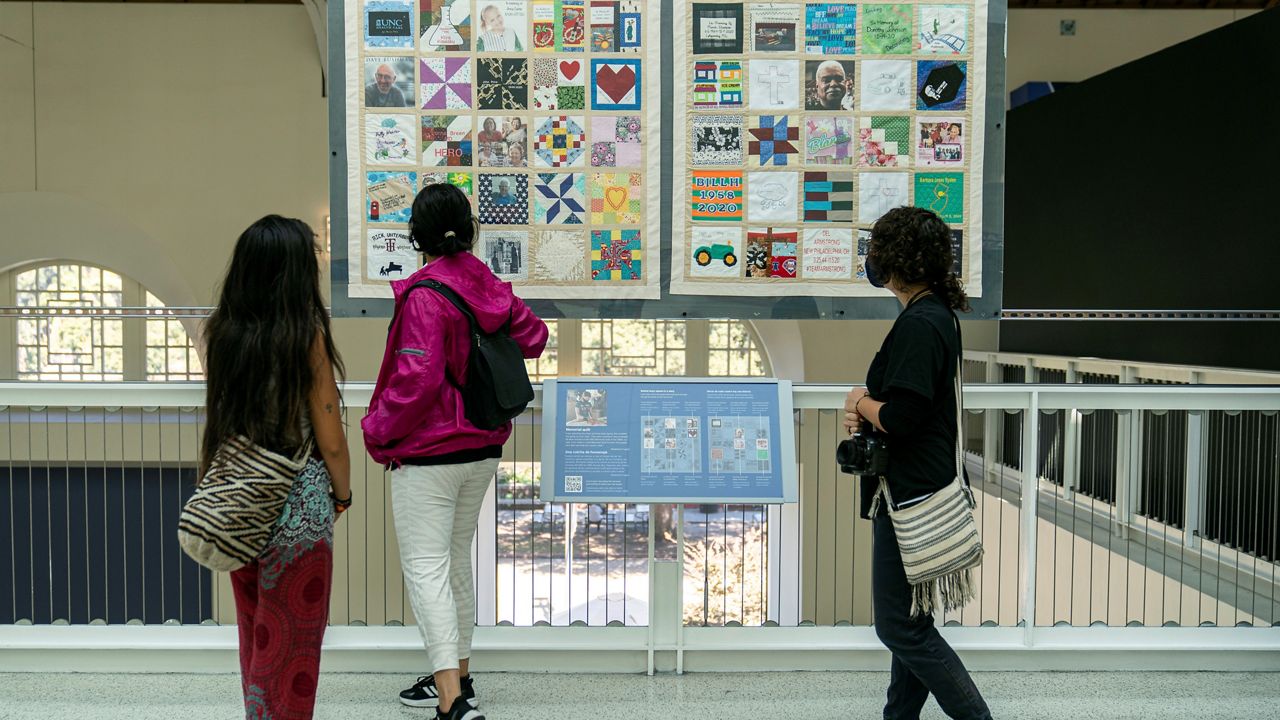LOS ANGELES (CNS) — Amid what appears to be wave after wave of good news from the COVID-19 front, Los Angeles County health officials Friday continued to urge residents to take precautions, acknowledging what could be seen as mixed messaging about the state of the pandemic.
What You Need To Know
- Los Angeles County on Wednesday officially entered the orange tier of the state's Blueprint for a Safer Economy
- Loosened business restrictions that come with that move will take effect at 12:01 a.m. Monday
- That will mean more capacity at many businesses and reopening of some indoor activities
- Los Angeles County will impose a 75% limit for grocery stores and other retail operations, while "strongly" recommending they remain at 50% capacity until April 15 to allow time for more workers to get vaccinated
"This is the dynamic of having a new virus and a new vaccine in order to protect against that," county health officer Dr. Muntu Davis told reporters Friday. "And so people really have to understand we are still in an emergency. We are still gathering additional data as we continue to move forward.
"This is naturally what happens inside of a pandemic," he said. "As you start to see how the virus acts, as you start to see when you have new counter-measures, whether that be vaccine or treatment, then we start to learn more. But until we have that information, we have to operate with a lot of caution because everyone is at risk."
He said he understands that people might get confused as they are bombarded with updates about the virus — the success of vaccines, plans for more business reopenings, the threat of COVID virus variants and continued pleas for mask-wearing and social distancing — but he said "that's the way things go in terms of a new virus."
"We're learning as we go and we're adjusting as we go as well," he said. "We look for people to stay abreast and help work with us on the restrictions or lack of restrictions."
Los Angeles County on Wednesday officially entered the orange tier of the state's Blueprint for a Safer Economy. Loosened business restrictions that come with that move will take effect at 12:01 a.m. Monday. That will mean more capacity at many businesses and reopening of some indoor activities. But Davis again preached the need for caution.
"Our numbers have improved dramatically but we cannot let up," he said. "With the beautiful weather, the spring holidays, UCLA in the Final Four and baseball season starting, there are plenty of reasons to get together with friends. We ask that you avoid taking unnecessary risk, avoid large gatherings and wear your mask when you're in public and around others and please continue washing your hands."
Although most orange-tier rules won't take effect until Monday, Davis said rules for theme parks and outdoor live event venues — such as Dodger Stadium — went into effect Thursday. Those rules allowed theme parks to open at 25% capacity, and outdoor venues to open at 33% capacity.
The rest of the county's orange tier health orders will largely align with state guidelines, but there will be some stricter requirements. Most notably, bars that don't serve food — which are being permitted to reopen outdoors only — will only be able to operate from 11:30 a.m. to 10 p.m., with a required 8-foot distance between outdoor tables.
Although state guidelines allow a lifting of all capacity restrictions on retail establishments in the orange tier, Los Angeles County will impose a 75% limit for grocery stores and other retail operations, while "strongly" recommending they remain at 50% capacity until April 15 to allow time for more workers to get vaccinated.
In accordance with state guidelines, the county will raise the capacity limit from 25% to 50% for movie theaters, churches, museums, zoos, aquariums and restaurants. Fitness center capacity will be increased from 10% to 25%. Card rooms and family entertainment centers can resume indoor operations at 25% capacity.
Breweries and wineries will be able to offer indoor service at 25% capacity. Breweries, wineries, bars and restaurants will all be allowed to turn on their television sets outdoors, but live entertainment remains prohibited.
Long Beach, which has its own health department, parted ways with the county and immediately moved to orange-tier rules on Wednesday. The city generally aligned with the state's guidelines, including the elimination of capacity limits at retail stores.
Pasadena, which also has its own health department, plans to follow the county's lead and wait until Monday before changing its restrictions.
As of late afternoon Friday, the county had not yet issued its daily update of COVID-19 cases.
On Thursday, the county reported another 53 COVID-19 deaths, while Long Beach added two more, lifting the cumulative countywide total to 23,191.
Another 757 cases were also reported, while Long Beach and Pasadena both added five, giving the county a cumulative total from throughout the pandemic of 1,220,256.
According to state figures, there were 596 people hospitalized in the county due to COVID-19, down from 634 on Thursday. There were 159 people in intensive care as of Friday, down from 165 Thursday.
Californians age 50 and older became eligible for COVID-19 vaccinations on Thursday -- adding about 1.4 million Los Angeles County residents to the pool of people trying to get appointments. There are about 2 million people in the county total in that group, but about 600,000 are believed to have previously vaccinated as part of another eligible category.
On April 15, everyone aged 16 and up becomes eligible for the shots. That group includes an estimated 5 million people. The county's chief science officer, Dr. Paul Simon, said Friday that only about 16% of residents aged 16- 29 have been vaccinated already, and about 26% of those aged 30-49, meaning there will be a major jump in demand for appointments on the 15th.
"We do urge patience among all out there who are understandably extremely eager to be vaccinated," he said.
For the second week in a row, the county next week is expected to set another record in terms of its vaccine allocation, with 397,430 doses expected. That includes 118,000 Johnson & Johnson single-shot doses.
Of the overall allotment, 72% will be used for first doses and 28% for second doses, Simon said.






